China's core maternal and child health indicators have improved steadily in recent years, now ranking among the top in middle- and high-income countries, according to the Third China Maternal and Child Health Academic Conference held in South China's Hainan Province from Friday to Saturday.
The national maternal mortality rate, infant mortality rate and mortality rate of children under five have all reached record lows, according to Liang Xiaofeng, the vice president of Chinese Preventive Medicine Association, during the conference.
In 2023, the infant mortality rate dropped below 4.5 per 1,000 births for the first time, reaching the advanced levels of middle- and high-income countries, Liang added.
Participants at the conference emphasized that maternal and child health is the cornerstone of national health.
Decades of effort have significantly improved the level of maternal and child health in China, with continued advancements in maternal healthcare standards, according to Xinhua.
China currently operates 3,082 maternity and childcare institutions, 158 children's hospitals, and has 3,364 centers for maternal rescue and 3,070 centers for critically ill newborns, according to Xinhua.
The national hospital birth rate has reached 99.9 percent, and cervical and breast cancer screenings now cover over 90 percent of the population.
In addition, Statistics show that since the National Health Commission's nutrition improvement program began in 2012, anemia and growth retardation rates among infants aged six to 24 months in less developed areas have decreased by 71.7 percent and 74.3 percent, respectively, according to Xinhua.
Pre-pregnancy health check-ups and folic acid supplementation have been included in the national basic public service standards.
"At the same time, we should realize that there are still challenges to maternal and child health," Liang said.
Liang noted that the health demands of women and children are becoming more diversified and specialized, which requires people to adopt innovative ways of thinking, models and technologies, in an effort to build a high-quality maternal and child health service system that matches the requirements of Chinese modernization.









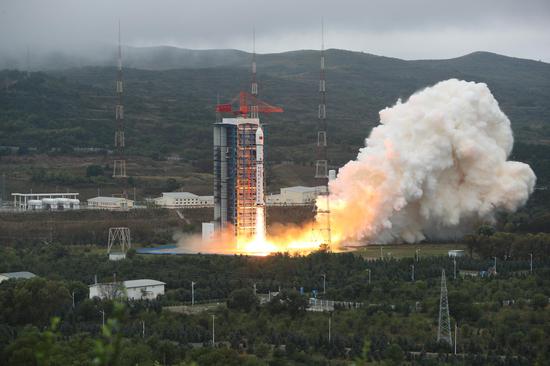








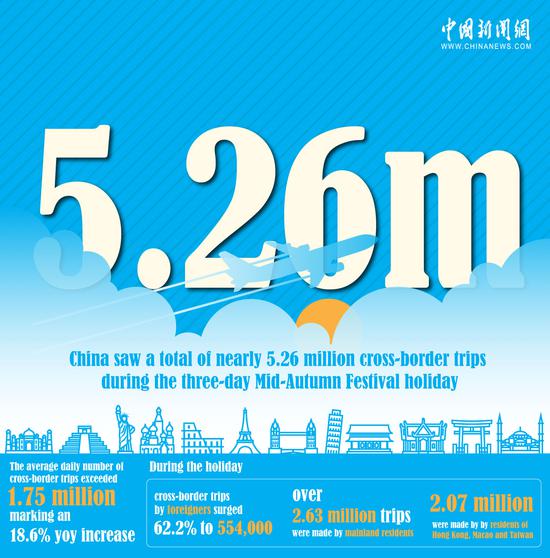



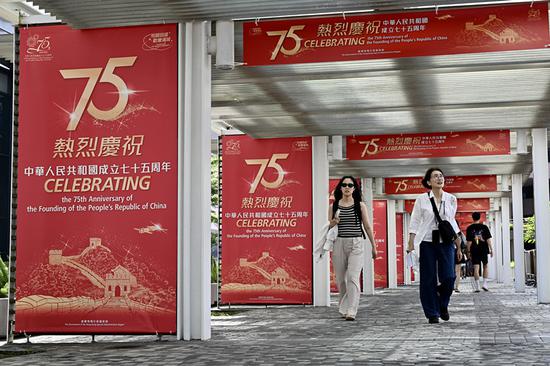

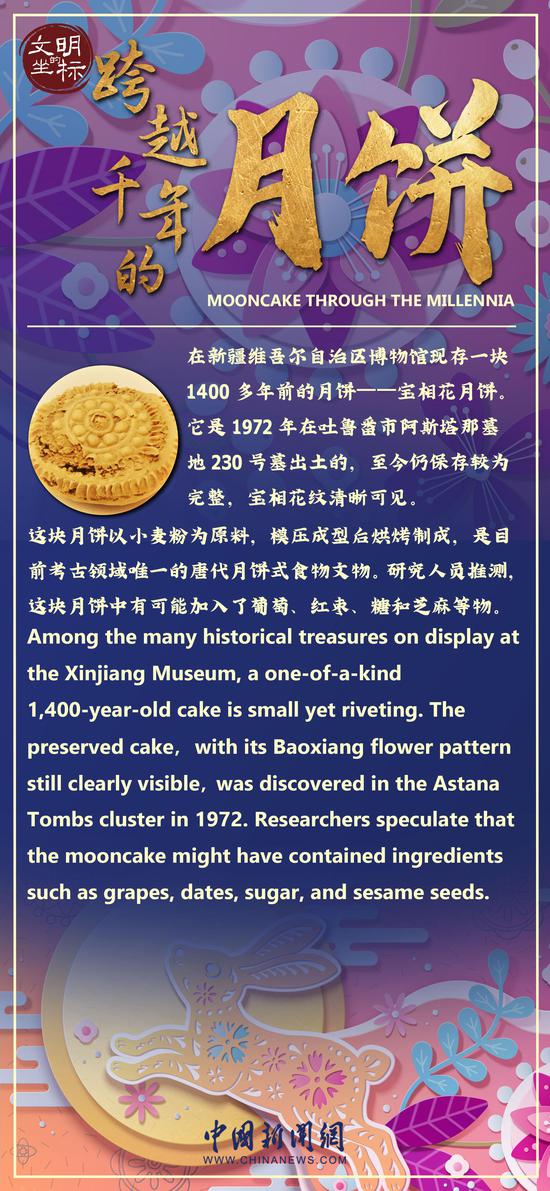


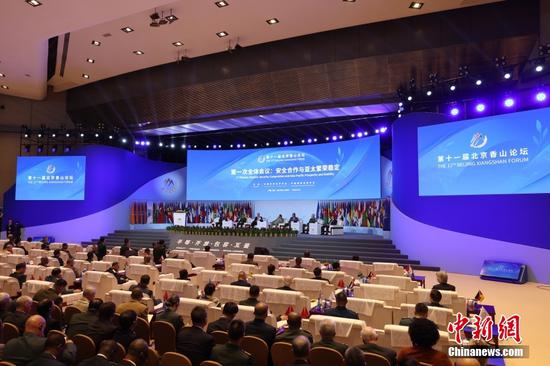






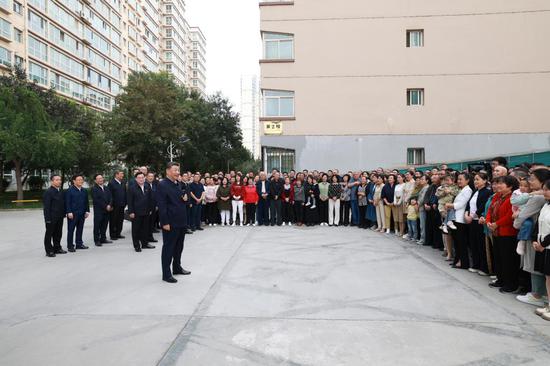
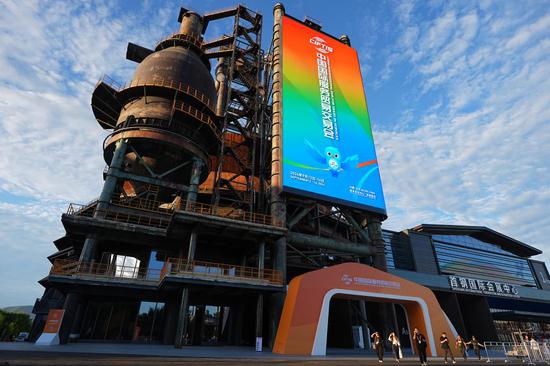






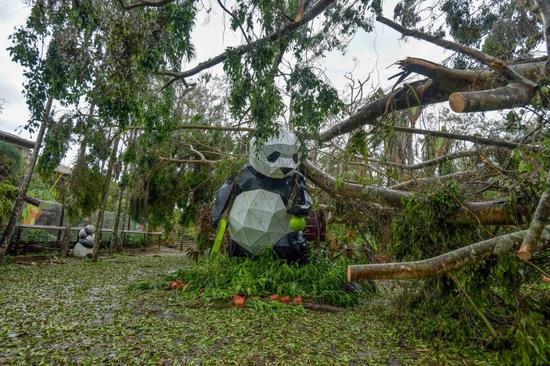
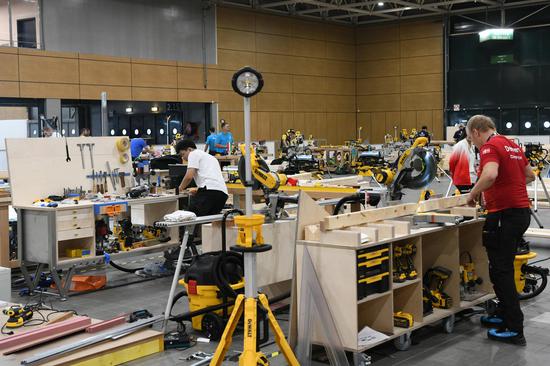


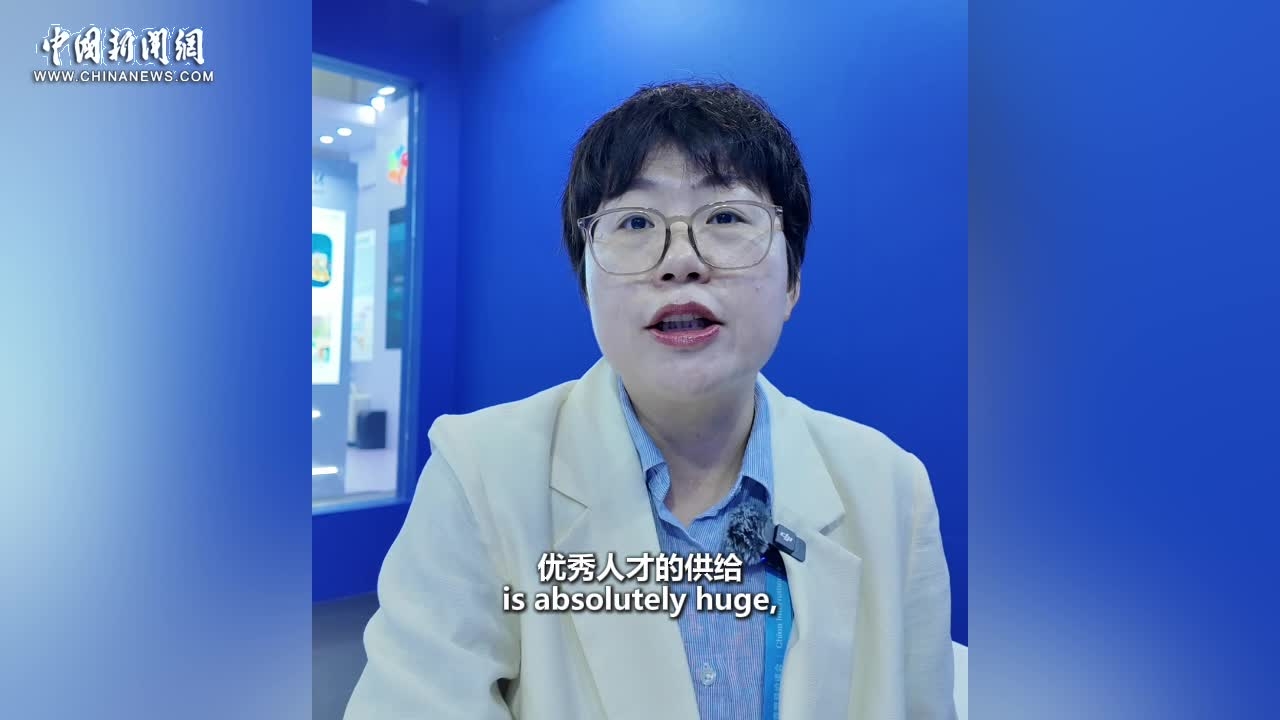



 京公网安备 11010202009201号
京公网安备 11010202009201号